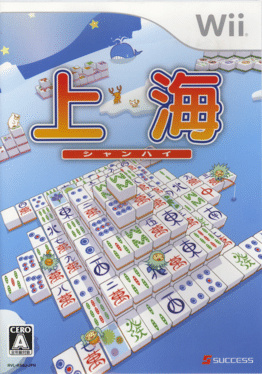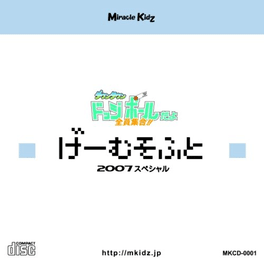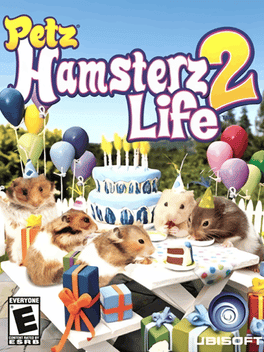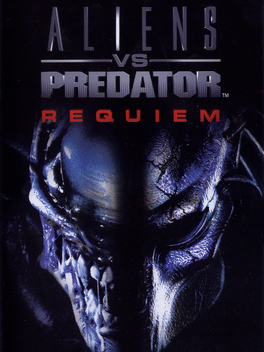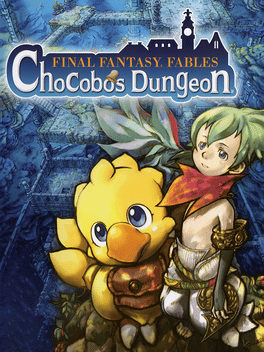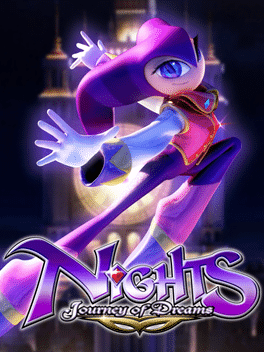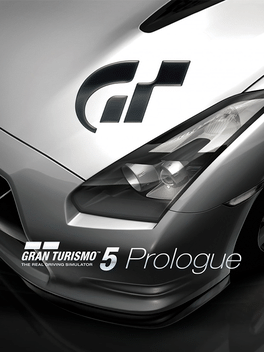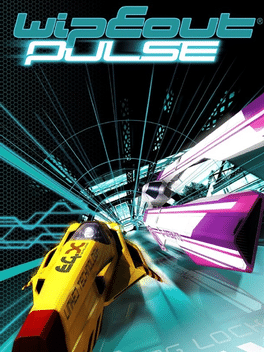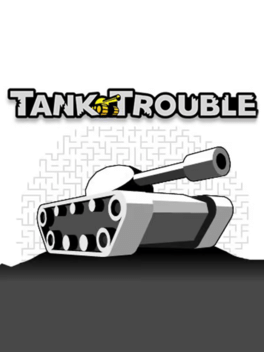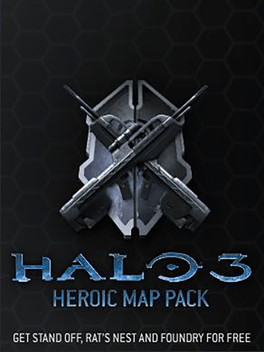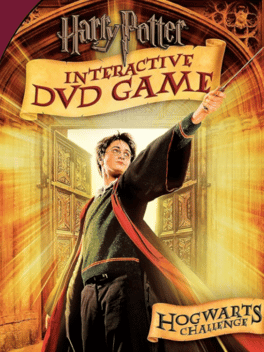New Games - Page 10042
-
Shanghai Wii
2007
-
Bus Simulator 2008
2007
Bus Simulator 2008
2007
Bus Simulator puts you behind the steering wheel of a traditional urban bus and challenges you to complete "missions", that is, complete any of the city routes that bus must follow. But Bus Simulator is not only a driving simulator, meaning you'll have to take care of the business by deciding the price of tickets or renting the vehicle's ad spaces to make them more profitable. -
Kirarin Revolution: Tsukutte Misechao! Kime Kira Stage
2007
Kirarin Revolution: Tsukutte Misechao! Kime Kira Stage is a video game developed and published by Konami and released on Nintendo DS on December 13, 2007 in Japan. It is the fourth game based on the Kirarin Revolution series. -
Downtown Dodgeball Da yo: Zenin Shuugou!!
2007
Former Technos Japan developers Miracle Kidz release a Super Dodgeball-inspired game. The physical release of the game came with a ROM patch for Downtown Nekketsu Monogatari EX that added many more features. -
Next Life
2007
Next Life
2007
Next Life is an adventure game developed by Czech company Future Games[1] and published by The Adventure Company designed for Microsoft Windows-based computers. The game engine is OGRE. -
MiniCopter: Adventure Flight
2007
All the fun of flying an RC helipopter without the fear of losing an eye! Engage in 42 missions in 7 different environments from a child’s bedroom, hospital, hotel room and more! Use your air cannon and lift suction to discover hidden areas and coins. Hone your flying skills to receive the highest amount of points possible in every stage. Engage in 42 missions in 7 different environments from a child’s bedroom, hospital, hotel room and more! Use your air cannon and lift suction to discover hidden areas and coins. Hone your flying skills to receive the highest amount of points possible in every stage. -
Petz: Hamsterz Life 2
2007
Hamsterz Life 2 features more than 90 different hamsters for hours of fun with your Petz! Each hamster will get attached to you slowly, as you take care of it and play with it. Create and customize your hamsters' cages, play lots of mini-games and let them meet their fellow friends. Thanks to the Nintendo wireless system, you will be able to see your friends' pets and even trade your own hamsters! -
Aliens vs. Predator: Requiem
2007
star 4.7Based on the second blockbuster film from 20th Century Fox opening December, 2007, Aliens vs. Predator, is an all-new third-person action game exclusively designed for the PSP (PlayStationPortable) system from the creators of the award-winning original Aliens vs. Predator for PC. You play as an elite, lone Predator, carrying an awesome arsenal of exotic weaponry, stealth tracking and vision mode equipment. Your mission: eradicate all traces of the horrifying Alien menace from the previously sleepy town of Gunnison, Colorado. -
Final Fantasy Fables: Chocobo's Dungeon
2007
star 7.9Randomly generated dungeons and turn-based battles are highlighted in the second Wii title set in the Final Fantasy universe. A yellow, bird-like Chocobo migrates from a successful stint on the DS handheld to console in this exclusive release, featuring the distinctive artwork of Toshiyuki Itahana (Final Fantasy: Crystal Chronicles, Final Fantasy Fables: Chocobo Tales). You must retrieve, of all things, lost "memories" by delving into dungeons created by a mysterious lad named Raffaello. Succeed and the town's populace just might remember who and where they are. In true Final Fantasy tradition, your Chocobo character can specialize in ten different job classes, ranging from a knight to a white mage, allowing him access to special powers and abilities in combat. In between dungeon treks, you can visit shops in town to purchase helpful items and equipment. Other features include online card duels via Nintendo Wi-Fi Connection, hidden dungeons and job classes unlocked by finding assorted letters, and arcade-style min -
Nights: Journey of Dreams
2007
star 7This time around, however, Nights takes a bit of a different turn. Keeping in line with the "world of dreams" theme – it wouldn't be Nights without it – players will take control of Will and Helen, two young children each entering into Nightopia (the world of dreams) with their own back-story, emotional baggage, and inner demons that come to life though the forming of nightmares. It's a pretty simple concept overall, and with each child's five main levels you'll get a different piece of the story leading up to the same grand finale. Once they arrive in the land of dreams, each character meets up with a Nights almost instantaneously, and from there learns to meld with the mysterious creature and fly through the world of Nightopia. Along the way you'll learn of the quest to find the hidden Ideya (basically essences of the human spirit), and eventually attempt to defeat a powerful god-like creature named Wizeman and his right-hand man Reala. -
Gran Turismo 5 Prologue
2007
star 7.2Gran Turismo 5 Prologue is a precursor and sampling of Gran Turismo 5 and replaced Gran Turismo HD Concept. The "Prologue" suffix is a self-reference to Gran Turismo 4 Prologue, which was released one year before the full version of Gran Turismo 4. Since October 3, 2008, the game is now referred to as Gran Turismo 5 Prologue Spec III which is the software's version 3.0 title. Gran Turismo 5 Prologue Spec III features 16-player online races, over 70 cars (including tuned cars), 6 tracks, 12 layouts, a 60 frames per second frame rate (during races, replays are displayed at 30 frames per second) and LPCM 7.1ch high definition sound. -
Wipeout Pulse
2007
Wipeout Pulse
2007
star 8Wipeout Pulse is a racing game set in 2207, ten years after the events of Wipeout Pure. There are eight teams in Wipeout Pulse, with one ship available for each - although the player eventually gains the ability to change the appearance of their ships. Each ship has different characteristics; depending on the team chosen, its ship will vary in terms of handling, speed, acceleration and shield strength. -
TankTrouble Classic
2007
TankTrouble Classic
2007
TankTrouble Classic is the iconic arcade-style tank game, where you drive in a maze and shoot a variety of wall-bouncing projectiles at your enemites. In singleplayer mode, TankTrouble Classic pits you against Laika, a fierce cyborg dog that's sure to challenge your skills. You can also challenge a friend or two in local multiplayer warfare! -
Arkadian Warriors
2007
Arkadian Warriors
2007
star 5Arkadian Warriors is an action RPG in which players take on the role of an archer, soldier, or sorceress to save the land of Arkadia, alone or with a friend via Xbox Live. -
Dancing Stage Universe
2007
star 5.5Dancing Stage Universe, is next generation, bigger, louder, and jam-packed with cutting edge music and exclusive dance tracks! Music videos and mind blowing visuals bring the biggest disco in the universe, into your home — the absolute essential party game that will get EVERYONE moving! -
Halo 3: Heroic Map Pack
2007
The Heroic Map Pack was the first map pack released for Halo 3. It was released on December 11, 2007, for 800 Microsoft Points - though was later made downloadable for all players for free on March 25, 2008. -
Harry Potter Interactive DVD Game: Hogwarts Challenge
2007
Harry Potter Interactive DVD Game: Hogwarts Challenge is based on the first three Harry Potter films and allows the player to become a wizard-in-training at Hogwarts. It's built around fourteen different mini games as well as short video clips from the movies. As a student the player has to take classes and each class is represented by a certain mini game that is played with the remote controller. The game is divided into three years and for each year the player has to complete three classes to reach the year-end challenge and then advance to the next year. Ultimately after all three years it's possible to win tickets for the Quidditch World Cup. In addition to classes there are also additional mini-games called extracurricular activities that are unlocked as classes are completed. The game can be played both alone or against up to three other human players. Each player then chooses one of the four houses at Hogwarts and compete against each other in trying to get the highest score. It is possible to customize the

